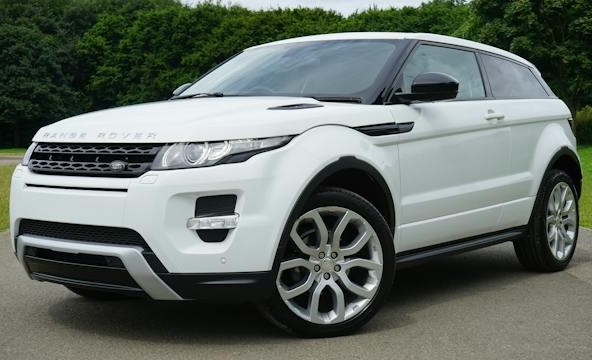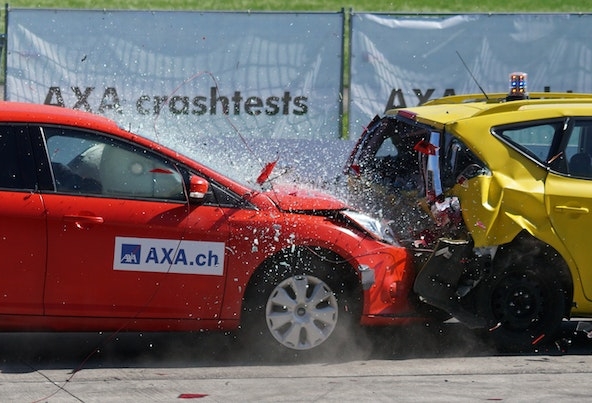Vehicle blind spots are a safety and security concern that can cause serious automobile accidents. As part of driving safely, drivers must be aware of their various blind spots. Just as vital is to note the potential unseen areas other drivers may have with their vehicles. For example, large semi-trucks have more and larger blind spots than smaller passenger vehicles tend to have. In the trucking industry, these are often referred to as “no-zones” and refer to the areas a vehicle cannot physically be seen due to the semi-truck size.
What is a Blind Spot?
A blind spot or unseen area is the place on either side, front, or back of a vehicle where obstructions make it difficult to see people or objects around the car. An example can include the siding around a windshield necessary to hold the roof or top of a vehicle. Drivers can help alleviate these visual limitations by utilizing rearview and side-view mirrors. There are limitations, and there will almost always be locations that lead drivers to be incapable of proper observation by turning their heads or leaning to see around the blind spot.
Many SLC auto accidents occur when motorists fall short of confirming that another vehicle isn’t in their blind spot. This is particularly common when performing tasks such as changing lanes or making a turn at traffic lights.
Commercial Trucks Deadly Spots
Large commercial vehicles’ blind spots are more prominent than those of a typical passenger car because of the truck’s overall size and shape. In addition, these vehicles do not have a rearview mirror to assist the vehicle’s driver in seeing what is happening behind the truck. The dead spot layout of these trucks includes areas where the operator cannot see specific locations on the passenger side or driver’s side. The passenger side is more extensive. There are also unseen areas directly in front of the large hood where objects or people walking in front of the vehicle cannot be seen. A good rule of thumb is to assume that if you cannot see the driver’s fact, they cannot see you.
How do I Inspect my Blind Spots?
The first thing to do is to be aware of all the blind spots your vehicle has. Sit as you normally would when driving your car and take note of where your vehicle’s construction impedes your vision. Once you understand where you cannot fully see outside your vehicle, you must now take steps to minimize the location they take up. You can rotate your rearview mirror so that you can comfortably see out your entire back window when looking at the mirror. Side-view mirrors can also be adjusted to ensure that you can see just a sliver of your vehicle on each side. This should give an optimal view of things on the sides of your vehicle.
Fortunately, modern technology has also helped us make vehicles safer. For example, a blind spot protection system can aid with lane modifications. Over the years, these systems have been established to give quick warnings when an object is in your blind spot. Car manufacturers also use electronic cameras to help drivers when backing out of a driveway or parking stall.
Preventing Car Accidents
Even with the aid of technology, the best method for accidents due to blind spots is being aware of yours and other drivers’ unseen areas. By understanding the physical limitations of cars, trucks, and motorcycle, we can all take precautions to be safer on Utah roads. It is essential to be aware if you are in someone’s blind spot and move out of that area as quickly yet safely as possible. This is especially true when you are driving on the left-hand side of a large commercial vehicle.
Contact a Salt Lake City Car Accident Attorney
The accident attorneys at The Ault Firm are here to help if you have been involved in a car accident, motorcycle accident, or large semi-truck accident. Contact us today by phone or online to set up a complimentary, no-obligation consultation.



